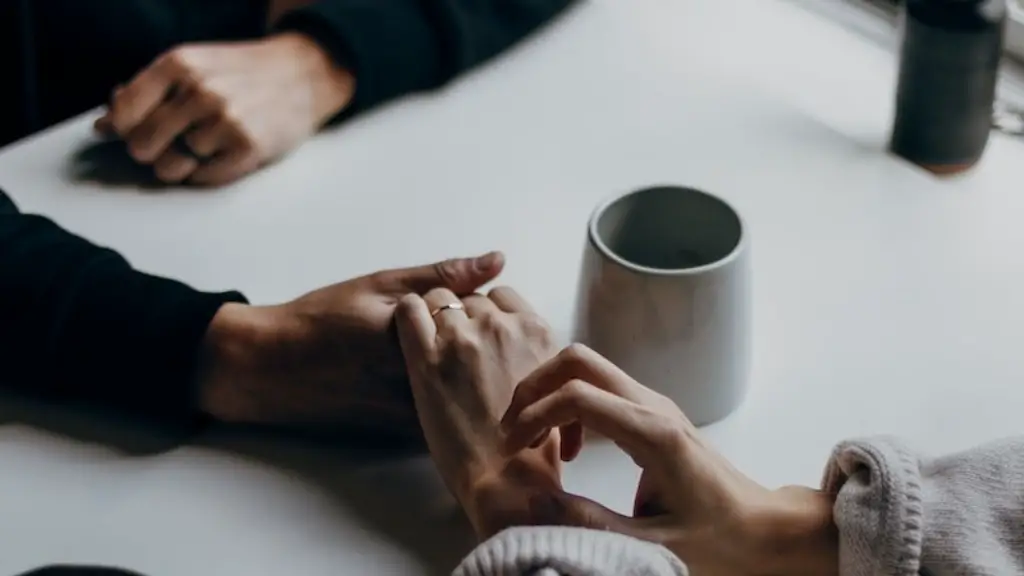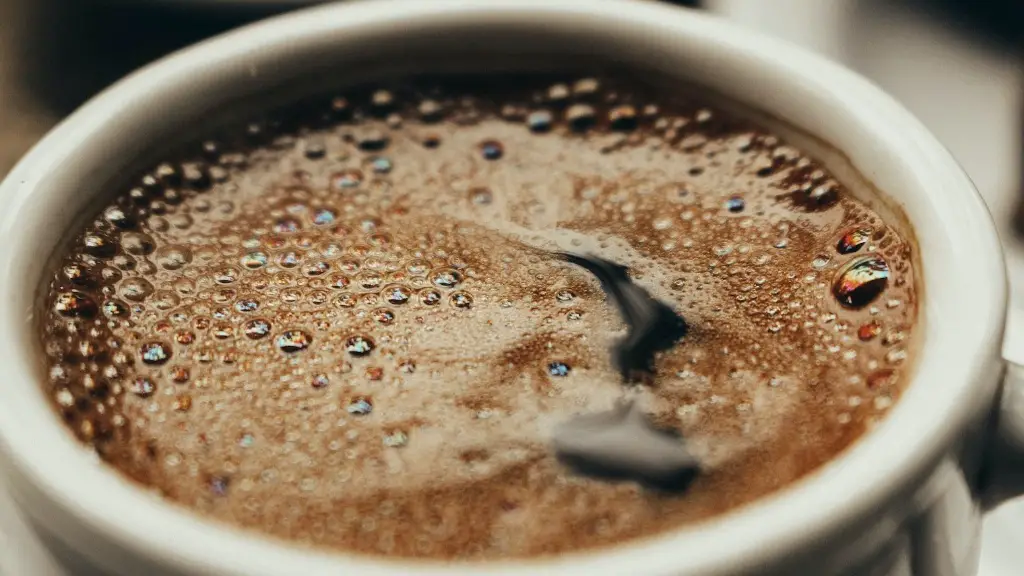Everyone loves their morning coffee but if one has recently undergone a teeth bleaching procedure, they may be asking themselves – “How long after opalescence can I drink coffee”? Teeth bleaching is an effective and safe procedure which can remove years of built up surface stains, leaving teeth several shades whiter. The procedure usually entails a hydrogen peroxide and glycerin gel application to the teeth, left in place and activated by a specialised light. After bleaching, the hydrogen peroxide can remain on the teeth and soften the enamel surface if someone consumes staining foods and beverages such as coffee and tea right away, explaining why so many people want to know, “How long after Opalescence can I drink coffee?”
Length of Time After Bleaching
Depending on the bleaching system employed, dentists will advise their patients to wait two to four days before consuming any foods or liquids that are particularly pigment-producing. This includes any darkly-coloured liquids such as coffee, red wine, soft drinks and sports drinks, as well as acidic or sticky foods that can leave a residue on the teeth. Waiting for the tooth enamel to harden again is the best way to guarantee a lasting whitening result.
How to Safely Drink Coffee After Teeth Bleaching
If waiting a few days after bleaching isn’t an option, there are a few things that can be done to help minimise the impact of drinking coffee on the teeth. One easy and effective way is to use a straw when drinking coffee – this helps the liquid slip past the teeth and onto the back of the mouth rather than making contact with pearly whites. Swishing the liquid around the mouth before swallowing and sticking to white cups can also help cut down on staining.
Tips to Keep Teeth Bright
Regularly brushing every morning with a whitening toothpaste can also help to keep teeth bright after bleaching. It is important to remember to brush for two full minutes and use some flossing or interdental cleaning method like dental sticks or picks to remove debris from between teeth. Regular visits to the dentist for professional cleaning is another important step when it comes to keeping teeth sparkling.
Visiting a dentist for professional cleaning is also the perfect time to check in with the dentist about how their tooth whitening regime is going. They may have some useful advice that was tailored to that individual’s particular bleaching system such as a specialised toothpaste to use or special foods to incorporate into a healthy diet. This can help to maximise the longevity of the whitening results.
Aftercare of Teeth Bleaching
No teeth whitening treatment or system is completely immune to stain re-occurrence, which can be caused by dietary and lifestyle choices such as consuming coffee, smoking and excessive indulging in curries, sauces and other colourful meals. That is why consistent aftercare is so important, as well as the knowledge to make the right dietary choices to sustain those pearly whites.
Signs of Tooth Damage
Keeping an eye out for signs of tooth damage is also important. After teeth bleaching has been completed, signs of any pain or discomfort in the smile should be monitored. With continued sensitivity and pain, a dentist may have to re-evaluate the treatment and adjust the tooth whitening system accordingly.
Additives to Coffee
Whitening strips can also be a great way to maintain teeth between treatments and can be used at home to keep results looking fresh. However, if someone does decide to drink coffee, consider avoiding additives such as sugar or flavoured creamers and use healthier alternatives such as almond or coconut milk. Although these non-dairy milk may still contain some carbohydrates, they don’t contain the same amount of sugar or fat found in cream or milk.
Anti-Stain Products
Additionally, not all coffees are created equal when it comes to potential staining. White coffee is typically a much better option if one decides to sip on the dark liquid after teeth bleaching treatment. Otherwise, some dentists suggest specialised anti-stain products such as a mineral-based remineralising gel, which form a protective film on the enamel surface and keeps the teeth protected between bleaching and at-home teeth whitening.
Good Oral Hygiene
Good oral hygiene, however, remains the number one way to keep teeth healthy and protected after bleaching. Refrain from biting and chomping on hard objects like bottle caps, keys or squirrels and stick to softer foods for the first few days after the treatment. Consistent brushing and flossing are key to helping keep teeth and gums healthy and protect the tooth from staining and damage.
Overall Health Impact
Last but not least, consider the overall health impact of drinking actual coffee. As with anything consumed in excess, drinking multiple cups of coffee a day can set one on a roller coaster of caffeine highs and lows and potentially be detrimental to their long-term health. Many people find that cutting down from multiple cups a day helps them to sleep better and have better overall health. If they’re worried about caffeine withdrawal headaches, they can always opt for decaffeinated coffee instead.
Alternative Ways to Whiten Teeth
Apart from upgrading to a white coffee habit after teeth bleaching, there are a few other ways to keep teeth looking bright. Stick to a regular teeth whitening routine and it may be possible to avoid professional teeth whitening altogether. Some dental products contain specialised tooth bleaching ingredients that can be used at home to clear away surface stains.
DIY Whitening Solutions
DIY whitening solutions like brushing with baking soda or using hydrogen peroxide can also be tried, but be aware that these materials can often be too abrasive for use over the long term – it might whiten teeth for the day, but the abrasiveness of these solutions can strip the enamel long term. Additionally, these solutions should never be swallowed and should be used in moderation.
Whitening Toothpaste
Whitening toothpaste with ingredients like baking soda, hydrogen peroxide andActivated Charcoal, which is effective in binding with food particles, can all be used to help keep teeth white in between visits to the dentist. Whitening toothpastes are safe to use and they are the safer of the DIY teeth whitening solutions available. This is because the whitening agents found in whitening toothpastes are mild compared to mixing hydrogen peroxide on your own. Furthermore, they remove surface stains and help protect tooth enamel. Just make sure to brush gently to avoid enamel erosion.



